Eurozone industrial production declined -1.1% mom in December, worse than expectation of -0.8% mom. Production of intermediate goods fell by -2.8%, durable consumer goods by -1.4%, non-durable consumer goods by -1.0% and capital goods by -0.4%, while production of energy grew by 1.3%.
EU industrial production dropped -0.4% mom. Among Member States for which data are available, the largest monthly decreases were registered in Ireland (-8.5%), Luxembourg (-5.2%) and Lithuania (-4.0%). The highest increases were observed in Denmark (+13.5%), Portugal (+4.1%) and Hungary (+3.8%).




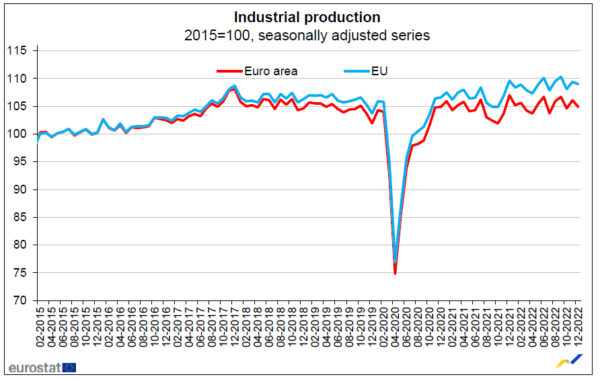
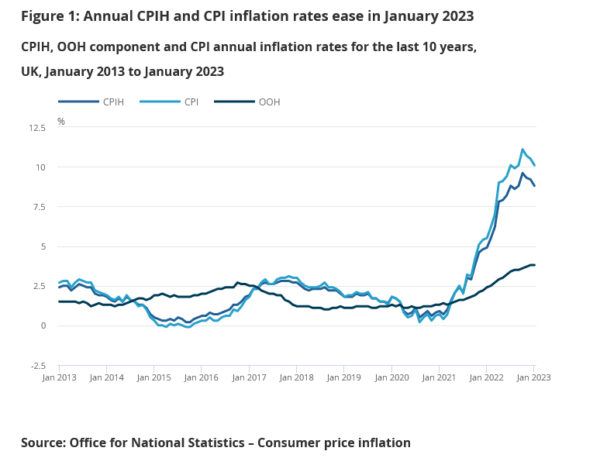
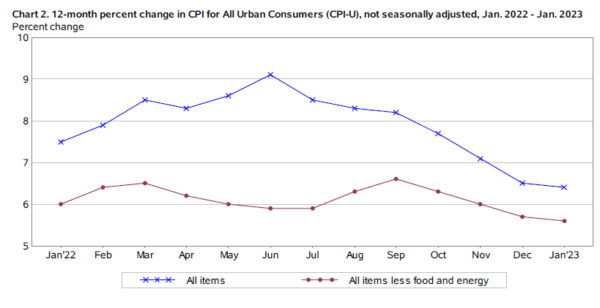
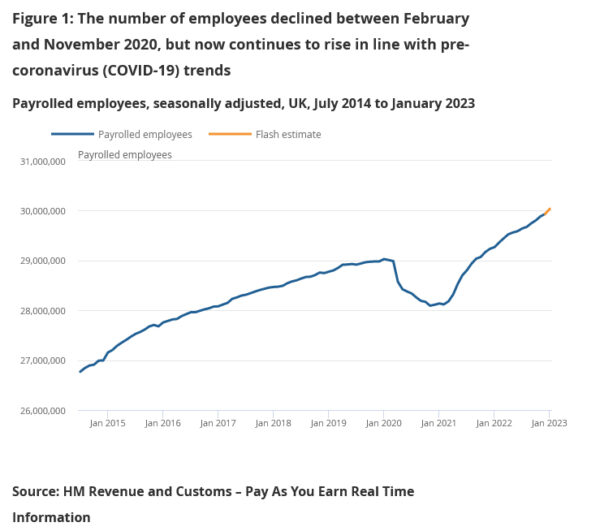
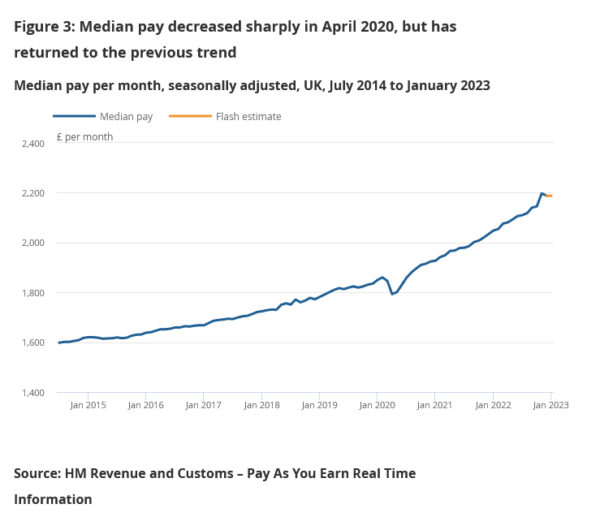
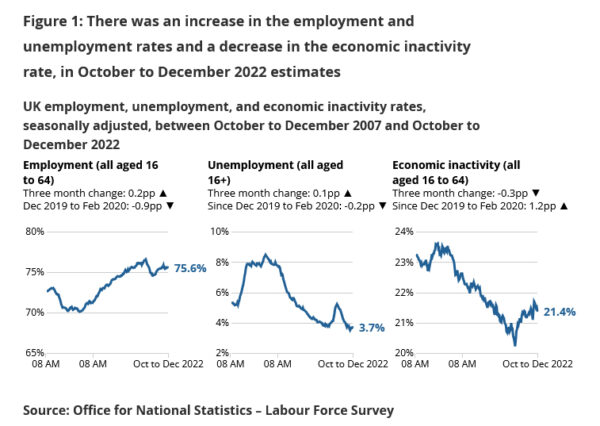
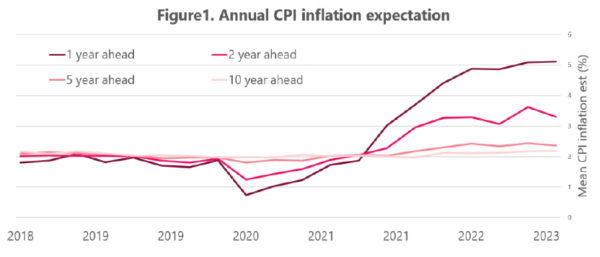
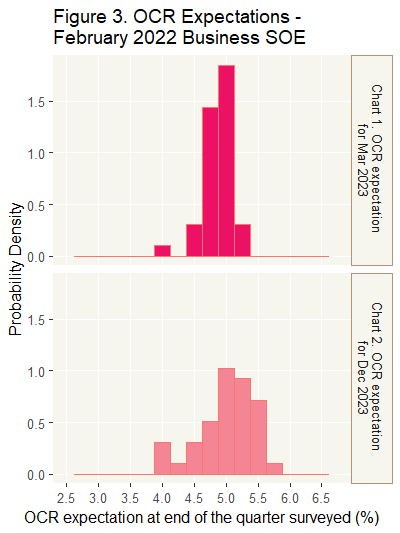
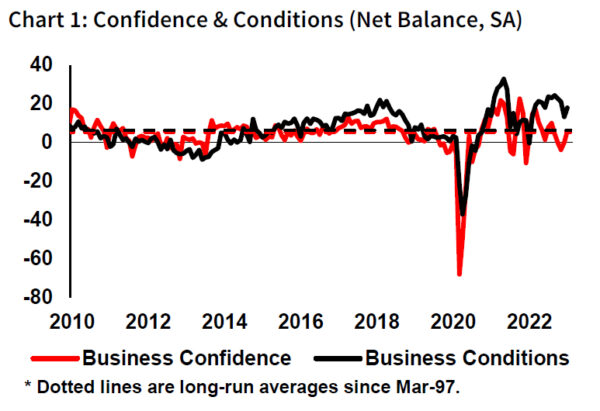
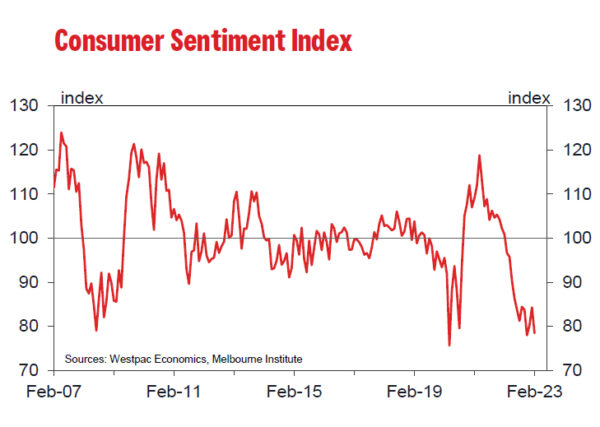
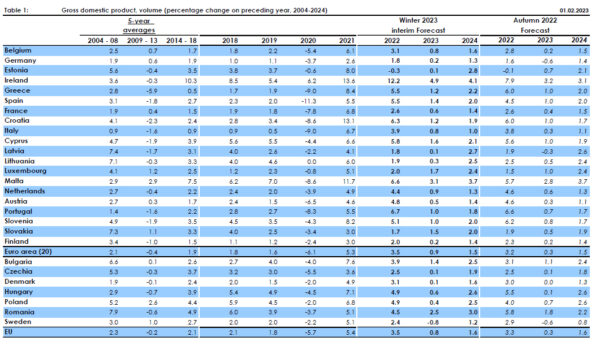
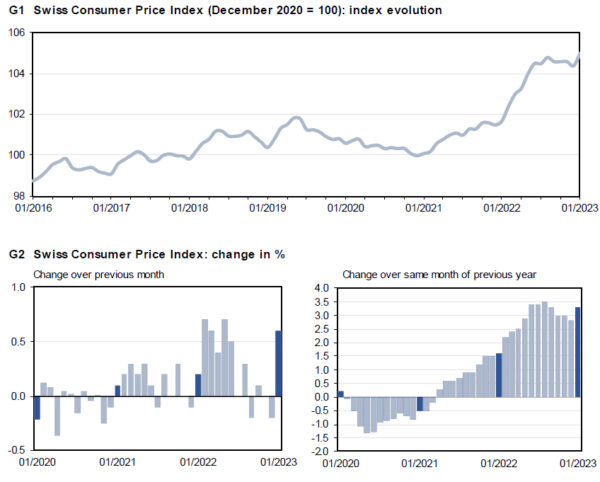

Eurozone goods exports rose 9.0% yoy in Dec, imports rose 8.7% yoy
Eurozone goods exports rose 9.0% yoy to EUR 238.7B in December. Goods imports rose 8.7% yoy to EUR 247.5B. Trade deficit came in at EUR -8.8B. Intra-Eurozone trade rose 9.4% yoy to EUR 212.8B.
In seasonally adjusted term, exports dropped -4.6% mom to EUR 239.7B. Imports dropped -2.9% to EUR 257.9B. Trade deficit widened from November’s EUR -14.4B to EUR -18.1B, larger than expectation of EUR -16.0B. Intra-Eurozone trade dropped from EUR 233.5B to EUR 230.9B.
Full release here.